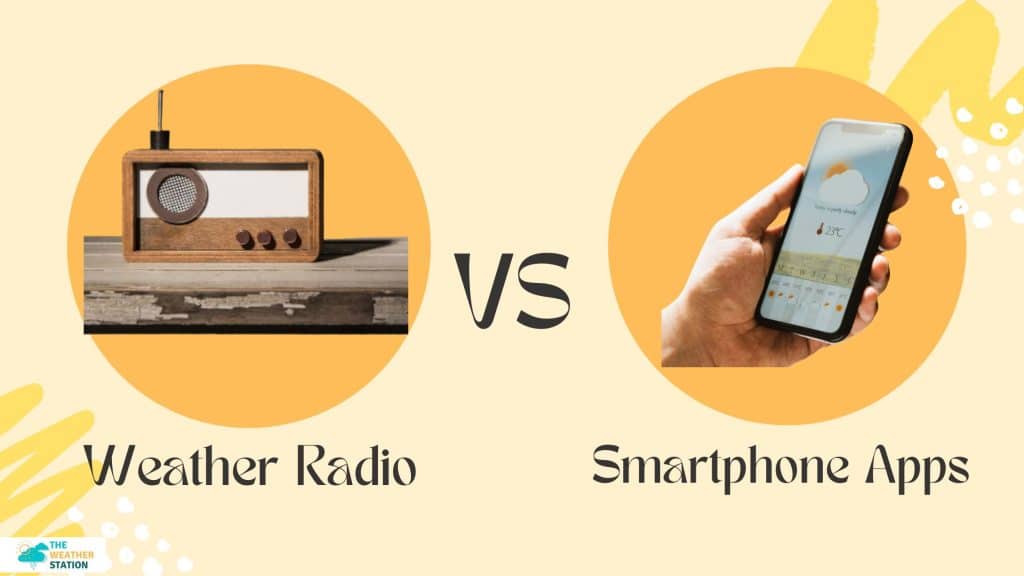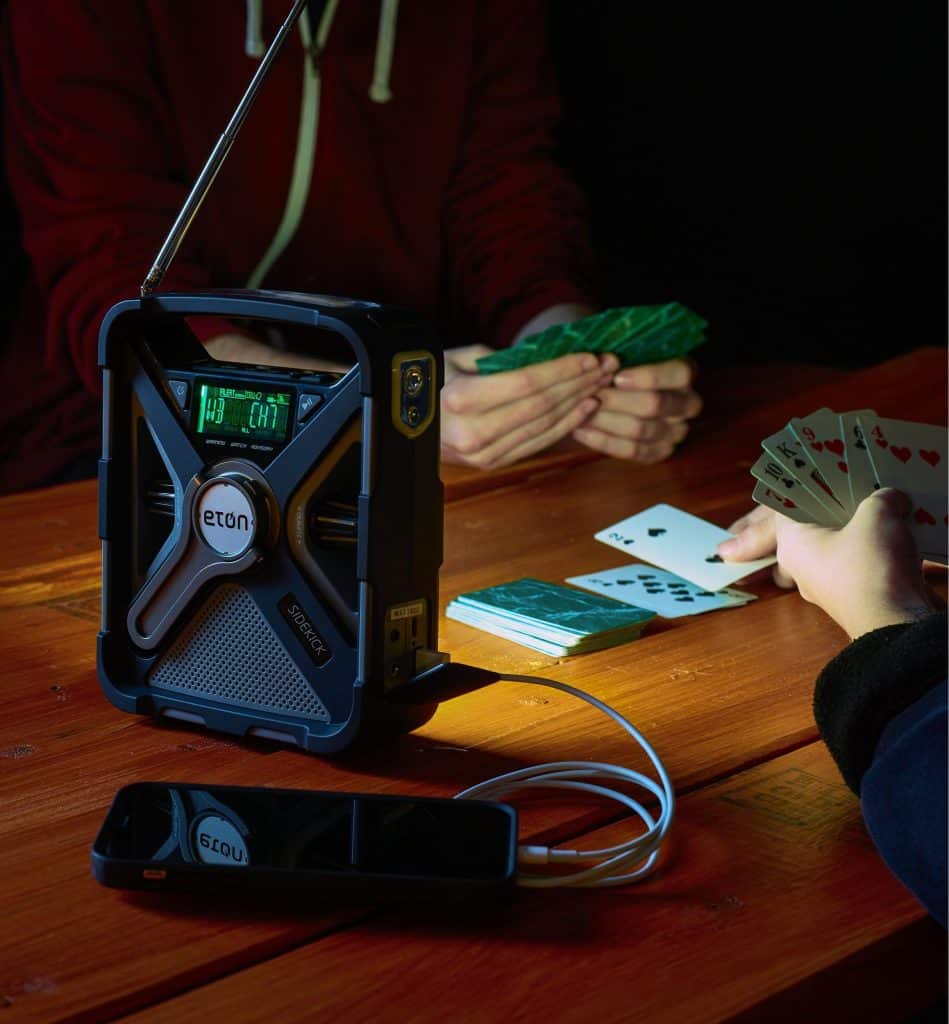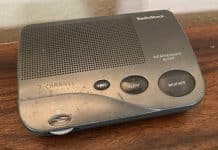Imagine never having to purchase a separate weather radio again.
The convenience of using your phone as a multi-functional device continues to expand.
But can your phone also double as a reliable weather radio?
In this article, we will explore the capabilities of your smartphone to keep you informed about weather updates and emergency alerts, providing you with peace of mind wherever you go.
Can You Use Your Phone As A Weather Radio?
Understanding Weather Radios
Weather radios are devices specifically designed to receive weather alerts and updates from the National Oceanic and Atmospheric Administration (NOAA).
These alerts provide crucial information about severe weather conditions, including tornadoes, hurricanes, flash floods, and other life-threatening events.
Traditionally, weather radios have been standalone devices that receive signals from NOAA’s Weather Radio network. However, with the advancement of technology, many people wonder if it is possible to use their smartphones as a substitute for a weather radio.
Advantages of Using a Weather Radio
Weather radios offer several advantages over other forms of receiving weather alerts. Firstly, they have a dedicated receiver designed to broadcast important weather information clearly and uninterruptedly.
They operate on the Specific Area Message Encoding (SAME) system, which allows users to filter alerts and only receive notifications for their specific location. Moreover, weather radios have a long battery life and are usually equipped with backup power options, ensuring you are safe during power outages. Finally, these radios can be easily carried around or fixed at a location of your choice, providing constant access to weather updates.
Replacing Weather Radio with Smartphone Apps
With the proliferation of smartphone applications, it is tempting to replace a traditional weather radio with an app that can serve the same purpose.
While smartphone apps offer convenience and accessibility, it is essential to understand their limitations compared to dedicated weather radios.
What Makes a Phone Capable of Receiving Weather Alerts
For your phone to be capable of receiving weather alerts, it needs certain features and capabilities. Firstly, it should have a built-in FM radio receiver, as most weather alerts are broadcasted over FM frequencies.
It also requires a reliable network connection through cellular data or Wi-Fi to receive real-time alerts. Lastly, your phone must support the operating system and version required by the weather app or service you plan to use.
Compatibility with NOAA Weather Radio
NOAA Weather Radio is a nationwide network that broadcasts weather alerts and updates 24/7. The broadcasts are transmitted on specific frequencies, usually in the VHF range, and not all phones can receive these frequencies.
Therefore, ensuring that your phone’s hardware is compatible with the NOAA Weather Radio broadcasts is crucial if you intend to use it as a weather radio.
Different Ways to Receive Weather Alerts on Your Phone
There are several ways you can receive weather alerts on your smartphone. Let’s explore the different options available:
Using Native Weather Apps on Your Phone
Most smartphones come with native weather apps pre-installed. These apps often include basic weather information and forecasts, but they may not provide real-time alerts for severe weather conditions.
However, some native weather apps do offer push notifications based on your location, so it is worth exploring the settings of your device’s default weather app to see if this feature is available.
Downloading Third-Party Weather Apps
If the native weather app on your phone does not provide the level of weather alert functionality you desire, you have the option to download third-party weather apps.
These apps usually have more advanced features, including real-time weather alerts, customizable notifications, and radar maps. Popular third-party weather apps include AccuWeather, The Weather Channel, and Dark Sky. Be sure to choose an app that is reputable and reliable.
Subscribing to Weather Alert Services
Another option to receive weather alerts on your phone is subscribing to weather alert services. These services often require a subscription fee but provide comprehensive and timely weather information. They send push notifications directly to your phone based on your location or specific areas of interest. Examples of famous weather alert services include Weather Underground’s Storm app and the Red Cross Emergency app.
Ensuring Reliable Reception of Weather Alerts on Your Phone
To ensure that you receive weather alerts reliably on your phone, there are a few steps you can take:
- Enable push notifications: Ensure notifications for your chosen weather app or service are enabled in your phone’s settings. This will ensure you receive timely alerts directly to your device.
- Keep your phone charged: It is essential to have a fully charged phone, especially during severe weather events when power outages may occur. Consider investing in a portable charger or battery pack to extend your phone’s battery life.
- Ensure a stable internet connection: Whether you rely on cellular data or Wi-Fi, ensure your internet connection is stable and robust enough to receive weather alerts without interruption.
- Test the app or service: Before relying on a particular weather app or service, perform a test run to ensure you receive alerts and notifications as expected. This can help identify any issues or limitations in the app’s functionality.
In conclusion, while smartphones can serve as a convenient tool to receive weather alerts, they may not fully replace the functionality of a dedicated weather radio.
Weather radios still offer advantages regarding dedicated receivers, extended battery life, and reliable access to NOAA Weather Radio broadcasts. However, if you rely on your phone for weather alerts, ensure it has the necessary capabilities and utilize reliable apps or services to ensure timely and accurate information.











































